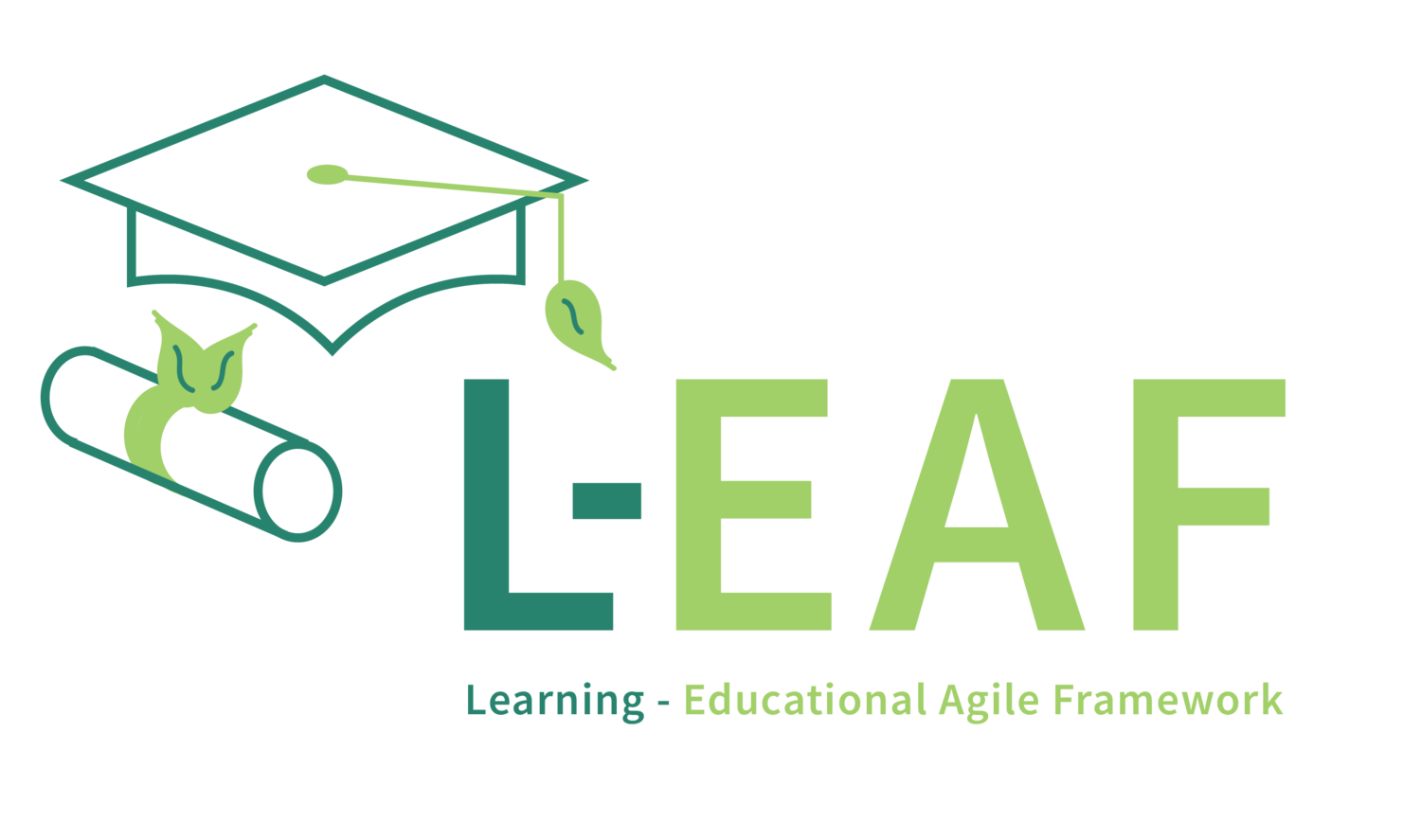Remember your favorite teacher- did they push or pull on your curiosity?
Mr. J was my 9th grade math teacher. Pretty much everyone was scared of him. A lot of learning happened in his class, but mostly out of fear. He pushed us. He raised his voice and used humor as a well-intended weapon sometimes. He was a “push teacher.” He definitely didn’t make me want to learn more about math.
Mr. K was my 9th grade social studies teacher. Pretty much no one was scared of him. I learned a lot from him too, but in a very different way: he sparked my curiosity. He didn’t push. He encouraged me to pull learning to myself. He worked to connect kids to wonder and awe. He was a “pull teacher.” I credit Mr. K and the teachers like him that I’ve had over the years to my love of learning and curiosity.
A teacher’s style and the school culture in general will condition if the classroom runs on “push” or “pull” dynamics and principles. Schools that are highly competitive “pressure cookers” are usually push systems, working by means of “carrots” like privileges and “sticks” like punishments or shame. Push systems are often concerned with rank, prestige and exclusivity. Push systems create control “top down” and do not rely on self-management mostly. Your curiosity is not seen as useful most of the time in push systems. Your compliance matters more than your curiosity by far.
By contrast pull systems are prone to be more egalitarian, more grassroots and “bottom up” in organization because each person in the system is voluntarily choosing to do work. The importance of this distinction is massive.
In which environment would you rather learn and work? Many leaders in traditional schools recognize that their school is a push system, but feel powerless to do anything differently. List all the other ways pushing happens in conventional learning systems called school.
Why do pull systems deliver higher quality with less effort? RSA, Carnegie Mellon, the US Treasury department and more have all studied the mechanism through which knowledge workers derive motivation. Each and every time the results point to three (3) factors; purpose - the why behind the work, mastery - of the skills needed to complete the job and autonomy - allowing the people to Pull the work to themselves and their teams. Daniel Pink’s book A Whole New Mind covers this research and gives practical guidance on how to create more pull.

